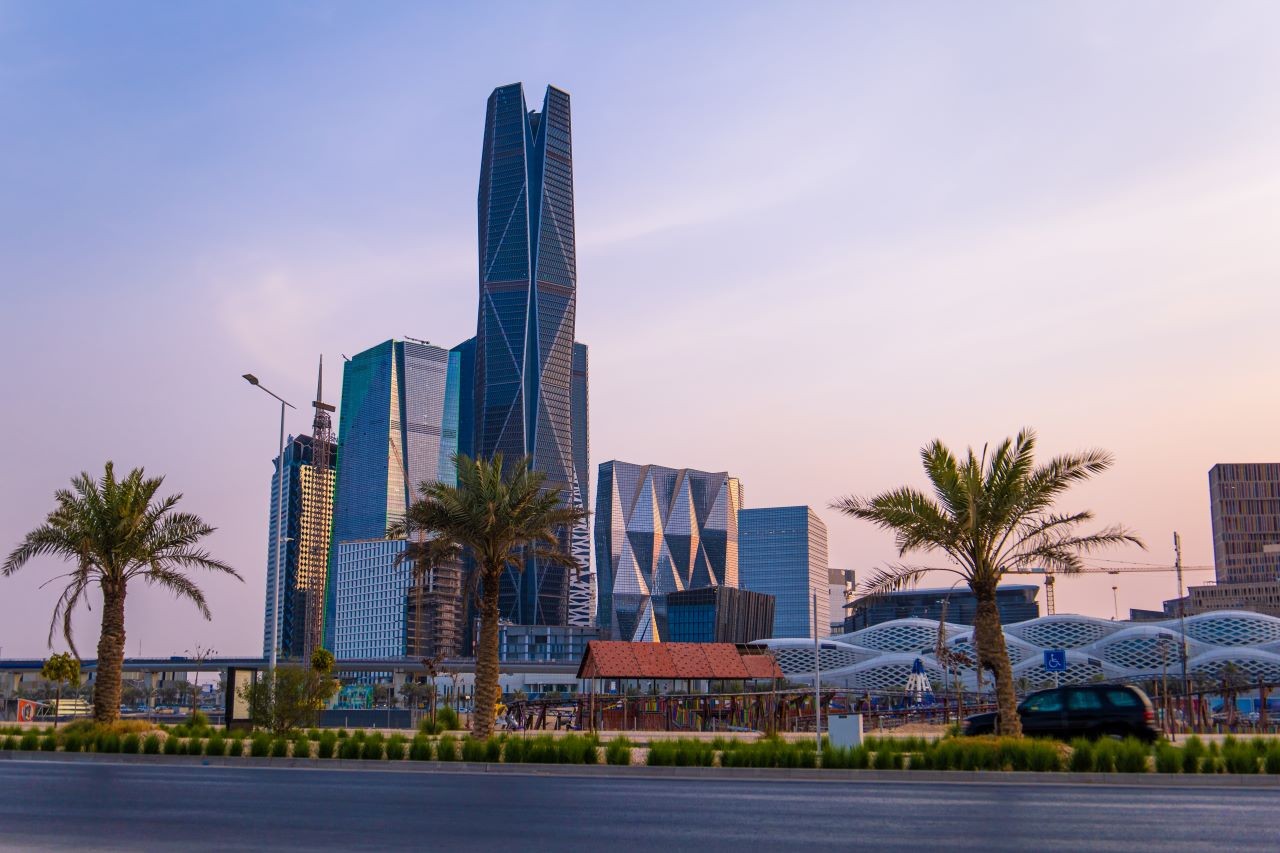Desertification might conjure images of once-fertile lands transforming into barren wastelands. While this captures the essence, the reality is more intricate and alarming. As global temperatures soar to unprecedented levels and the world’s population expands, the pressure on our planet’s arable land intensifies. This is especially critical for drylands, which comprise about 46 percent of the Earth’s land surface and are increasingly susceptible to desertification.
These vital ecosystems, already water-scarce, are at risk of losing their capacity to support life. Desertification is the process where these landscapes degrade to the point of losing vegetation and biological productivity. This is not merely an environmental issue; it’s a human crisis. For the 1.2 billion people globally who depend on healthy land for their livelihoods, and the estimated 50 million at risk of displacement due to desertification, understanding this process is not just academic – it’s essential for survival and global stability.
But why does learning about desertification matter to you, to communities far removed from drylands, and to future generations? Let’s delve into the heart of desertification, exploring its causes, devastating impacts, and, most importantly, why grasping its significance is crucial for everyone.
Defining Desertification: More Than Just Expanding Deserts
The Intergovernmental Panel on Climate Change (IPCC) defines desertification as “land degradation in arid, semi-arid, and dry sub-humid areas (drylands), resulting from various factors, including human activities and climatic variations.” Essentially, it’s the degradation of land in already water-stressed regions to the point where it becomes unproductive.
This degradation manifests as diminishing surface and groundwater, erosion of fertile topsoil, and the gradual disappearance of vegetation. While dry weather alone doesn’t automatically trigger desertification – ecosystems can often recover with rainfall – persistent drought combined with unsustainable land management practices pushes drylands past their breaking point. A stark historical example is the Sahara Desert, which transformed from a vegetated landscape approximately 6,000 years ago. Understanding this transformation highlights the long-term and potentially irreversible nature of desertification if left unchecked.
 arid landscape
arid landscape
Unpacking the Causes: A Web of Human and Natural Factors
Desertification isn’t driven by a single cause but by a complex interplay of human-induced and natural factors. Natural climate cycles, such as El Niño and La Niña, contribute to periodic shifts in temperature and rainfall, impacting dryland ecosystems. However, human-caused climate change significantly exacerbates these natural variations, leading to more frequent and intense droughts and wildfires, which are major drivers of desertification.
The devastating drought in Mauritania in 2021, following years of recurring dry spells, exemplifies this. Currently, a third of Mauritania’s population lives on land degraded by desertification. Wildfires, increasingly common due to hotter and drier conditions, further strip away vegetation cover, leaving soil vulnerable to erosion and hindering natural regeneration. Australia, with 70 percent of its landmass classified as arid or semi-arid, has witnessed extensive bushfires that have severely degraded vast tracts of its drylands.
Beyond climate change, unsustainable human activities play a direct and significant role. Monocropping, the continuous cultivation of a single crop, depletes soil nutrients, weakening its structure and resilience. Overgrazing, exceeding the land’s capacity to regenerate vegetation, similarly leads to nutrient loss and soil exposure. Deforestation, often for agricultural expansion or grazing land, removes tree cover that anchors the soil, making it susceptible to erosion. Even irrigation, while intended to boost agricultural productivity, can contribute to desertification in drylands by increasing soil salinity, further degrading its fertility.
The Far-Reaching Impacts: Why Desertification Matters Globally
The consequences of desertification are far-reaching, extending beyond environmental degradation to deeply impact human societies and global systems. For rural communities directly dependent on drylands, desertification cripples agricultural productivity, leading to food insecurity and poverty. Forced migration becomes a desperate measure for survival, often leading to resource conflicts with other communities and exacerbating social instability.
Desertification’s impact on biodiversity is equally critical. Drylands are biodiversity hotspots, harboring over 20% of global plant diversity, a quarter of vertebrate species, and 30% of endemic bird areas. As soil health deteriorates and vegetation disappears, entire ecosystems unravel, pushing countless species towards extinction. The IPCC identifies ‘desertification hotspots’ affecting 500 million people, largely in South and East Asia, the Middle East, and North Africa, but the threat extends globally. Even the Amazon rainforest, a biome seemingly distant from typical drylands, is facing desertification risks due to deforestation and climate change, potentially reaching a critical tipping point within decades.
This is why learning about desertification matters. It’s not just about environmental damage in remote locations. It’s about:
- Food Security: Desertification reduces arable land, threatening global food production and increasing food prices, impacting everyone.
- Climate Change: Degraded lands release stored carbon into the atmosphere, accelerating climate change, creating a dangerous feedback loop.
- Biodiversity Loss: The extinction of species weakens ecosystems and diminishes the planet’s natural resilience.
- Human Migration and Conflict: Desertification-induced displacement can lead to social unrest and humanitarian crises, affecting regional and global stability.
- Economic Impacts: Land degradation undermines livelihoods, reduces economic productivity, and increases poverty, impacting national and global economies.
Turning the Tide: Solutions and the Importance of Action
Combating desertification requires a multifaceted approach, focusing on both prevention and restoration. Restoring degraded drylands is paramount. Initiatives like Africa’s Great Green Wall, aiming to create an 8,000-kilometer green belt across the Sahel, demonstrate the potential of large-scale ecological restoration to halt desert expansion and revitalize ecosystems.
Other effective restoration strategies include integrated water management, agroforestry practices that combine trees and crops, reforestation efforts, and sustainable grazing methods like rotational grazing. Adopting sustainable land management practices is crucial to prevent further degradation and enhance the resilience of drylands.
With dryland populations projected to increase by 43% by 2050, and these populations becoming increasingly vulnerable to climate change impacts, action is urgent. The United Nations Convention to Combat Desertification (UNCCD) COP16 in Riyadh, Saudi Arabia, is a critical global forum for governments, businesses, researchers, and activists to collaborate on solutions and drive action against desertification.
Learning about desertification empowers us to be part of the solution. Understanding the causes and consequences allows individuals, communities, and nations to make informed decisions, advocate for sustainable policies, and support initiatives that combat land degradation. Whether it’s through supporting sustainable consumption patterns, promoting responsible land management, or advocating for climate action, recognizing why learning about desertification matters is the first step towards safeguarding our planet’s drylands, ensuring global food security, and building a more sustainable and equitable future for all.
To learn more about global efforts and how you can contribute, follow the ongoing discussions and outcomes from the UNCCD COP16 and engage with organizations working on land restoration and sustainable development.
